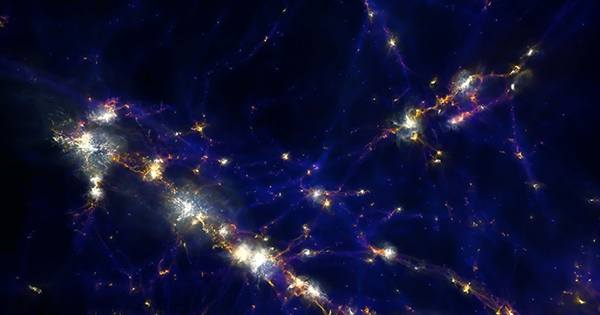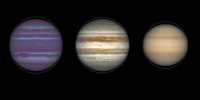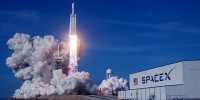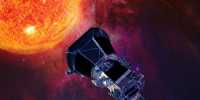The most realistic three-dimensional simulator of the birth of stars has been revealed. It is a behavior for astronomers to understand this important process as well as to observe it. Dr Michael Grudić of Northwestern University said in a statement, “When we observe the formation of stars in a particular region, all the asterisks we see are frozen over time.” The process that our telescopes have been able to see is that the formation of stars has taken place so slowly over the decades, with negligible changes.
“The stars also form in clouds of dust, so they are mostly hidden.” Instead, what we know is what many stars see at different stages of the process. The simulations are conducted at low resolution or omit some of the factors that we suspect are important. STARFORGE (star formation in the gaseous environment) changes the goal, imitating the developing star in the context of reality rather than isolation, but it is not yet fast.
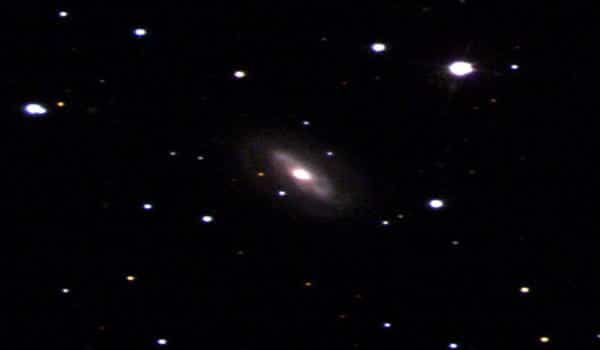
It takes up to three months to run a single simulation of Star Four using one of the most powerful supercomputers in the world. Instead of having their origins in clusters, some stars are self-made, often involving hundreds of stars of similar age. The largest of these develops so quickly that they may form supernovas before the last stars in cluster size before their birth size.
Even if they don’t get it yet they can still produce strong stellar winds that affect everything around them. “Other models have only been able to mimic a tiny patch of cloud where they are created – not the whole cloud at high resolution. Without seeing the big picture, we miss a lot of factors that could affect the outcome of the stars,” says Grudić. In addition to the beautiful images, STARFORGE has already paid scientifically. A study published three months ago in the Royal Astronomical Society’s Monthly Notices revealed a previously unsupported role for protostellar jets in determining the initial mass of a star.
When these jets went out of the simulation the team ended up with a distribution of stars that included far more monsters than we actually see. The inclusion of jets produced many more practical results. Its effects are most noticeable when modeling small gas clouds. “Jets block the flow of gas to the stars,” said Grudić. “They basically blow up the gas which ends up in the star and its mass increases.” People doubt it could happen, but we have a strong understanding of how it works by mimicking the whole system.”
